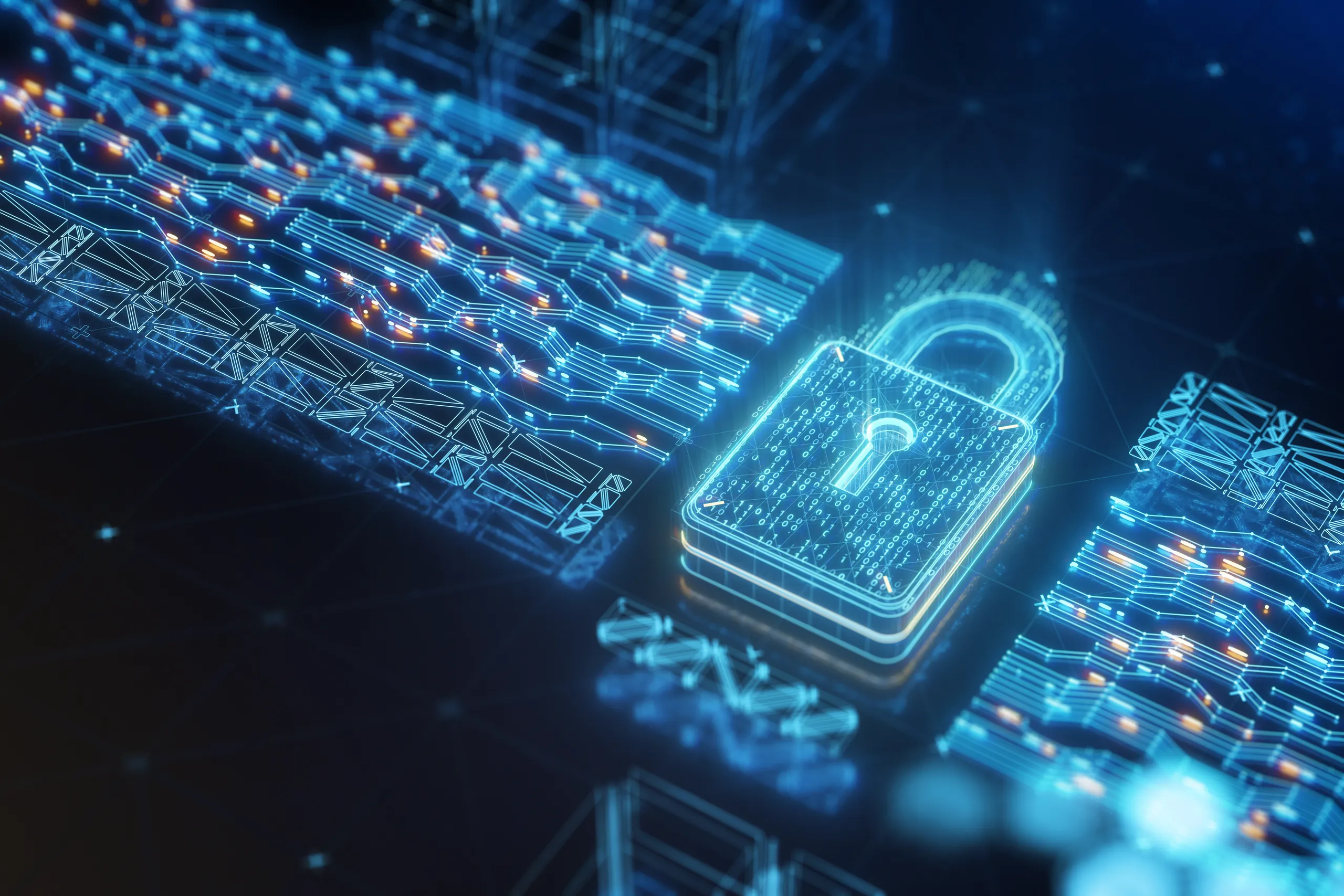



Confidential Computing: How to Shield Your IP in Shared Clusters
In AI, your training data and model weights are your secret formula—your competitive edge. But when you rent advanced GPUs like H200s or B200s in the cloud, how do you keep proprietary code and data safe, even on infrastructure you do not own or control?
Confidential computing is the answer. This set of hardware-backed security features—Trusted Execution Environments (TEE), remote attestation, and memory encryption—protects your most valuable assets in multi-tenant data centers.
This guide explains how these technologies work, why they matter for AI teams renting GPU clusters, and how to evaluate providers when your formula is your business.
Science Lab Analogy: Protecting the Secret Formula
Imagine your ML training environment as a secure science lab. Your “formula” (data, models, code) must stay locked down, even if the facility is shared. Confidential computing acts as a tamper-proof vault where only you hold the key. It protects your work no matter who manages the building or how many tenants are present.
What Is Confidential Computing?
Confidential computing uses hardware-level controls to isolate and encrypt data while it is being processed. Your code and data stay unreadable, even to the cloud provider, host OS, or hypervisor. Core elements include:
| Feature | Description |
|---|---|
| Trusted Execution Environment (TEE) | A secure enclave within the CPU or GPU where code runs in isolation. Only signed, verified code can run inside, and memory is encrypted and inaccessible to the host. |
| Remote Attestation | A cryptographic proof that the environment is running the correct, untampered code. You can verify this before sending sensitive assets. |
| Memory Encryption | All data in RAM and GPU memory is encrypted in real time. Even physical snooping or a malicious OS cannot access your secrets. |
How Confidential Computing Works with H200 and B200 GPU Rentals
| Step | What Happens? |
|---|---|
| Provision | Rent a bare-metal or virtualized H200 or B200 instance with confidential computing enabled. |
| Attest | Use the cloud provider’s attestation API to confirm the environment matches your required security settings. |
| Deploy | After successful attestation, decrypt and upload proprietary weights and data. |
| Isolate | Training and inference run inside the enclave. Memory, disk, and network traffic are encrypted. Host admins cannot inspect your assets. |
NVIDIA Confidential Computing: These GPUs support secure enclaves and memory encryption, leveraging CPU features like Intel SGX or AMD SEV, as well as GPU-level protections.
Remote Attestation APIs: Cloud platforms offer APIs so you can verify the runtime environment before uploading sensitive data.
What to Look for in a GPU Rental Provider
- Hardware TEEs: Confirm support for Intel SGX, AMD SEV, or similar CPU/host features, plus memory encryption on NVIDIA GPUs.
- Remote Attestation: You should be able to verify the environment cryptographically before sending any secrets.
- Instance Isolation: Dedicated hosts plus TEEs offer the highest assurance. Avoid generic shared VMs for sensitive workloads.
- Data Lifecycle: Make sure memory, scratch disks, and logs are wiped between tenants. All data should be encrypted at rest and in use.
-
Transparency: Look for compliance reports, security audits, and technical documentation.
For example: Corvex.ai provides full documentation and support for confidential computing features on H200 and B200 rentals, making it easier to meet strict compliance requirements.
Does Confidential Computing Impact Performance?
In the past, hardware security could add significant latency. With modern H200 and B200 GPUs, the performance overhead for confidential computing is minimal—usually under five percent for most ML workloads. On Corvex, proprietary server optimizations deliver up to 40% faster processing compared to other neoclouds, and up to 80% faster than traditional hyperscalers. This means you get accelerated performance even with the added security of confidential computing.
Confidential Computing FAQs
Key Takeaways
- Treat your AI models and data as valuable IP and protect them with the highest-grade security.
- Use confidential computing (TEE, remote attestation, memory encryption) when renting GPU clusters.
- Always verify your environment before uploading anything sensitive.
- Look for clear documentation of security practices—especially those supporting compliance mandates. Even if you’re not in a regulated industry, these controls are a strong signal of robust confidential computing.



.svg)

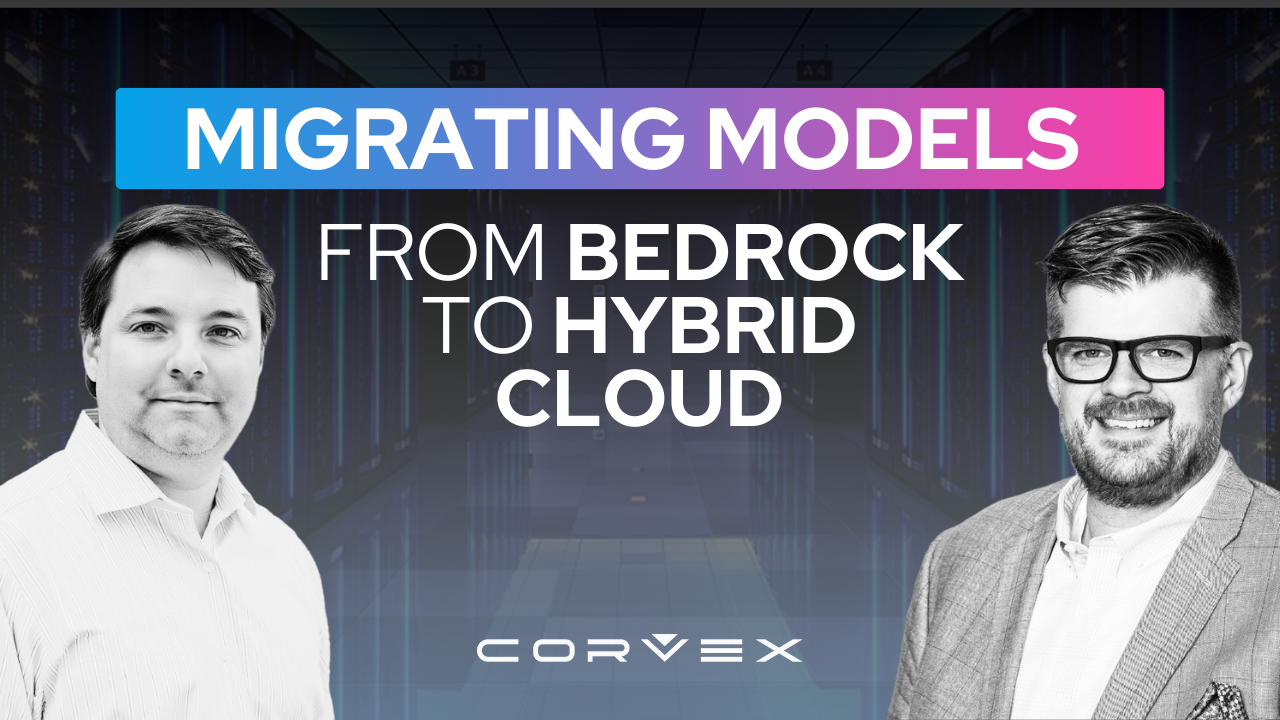
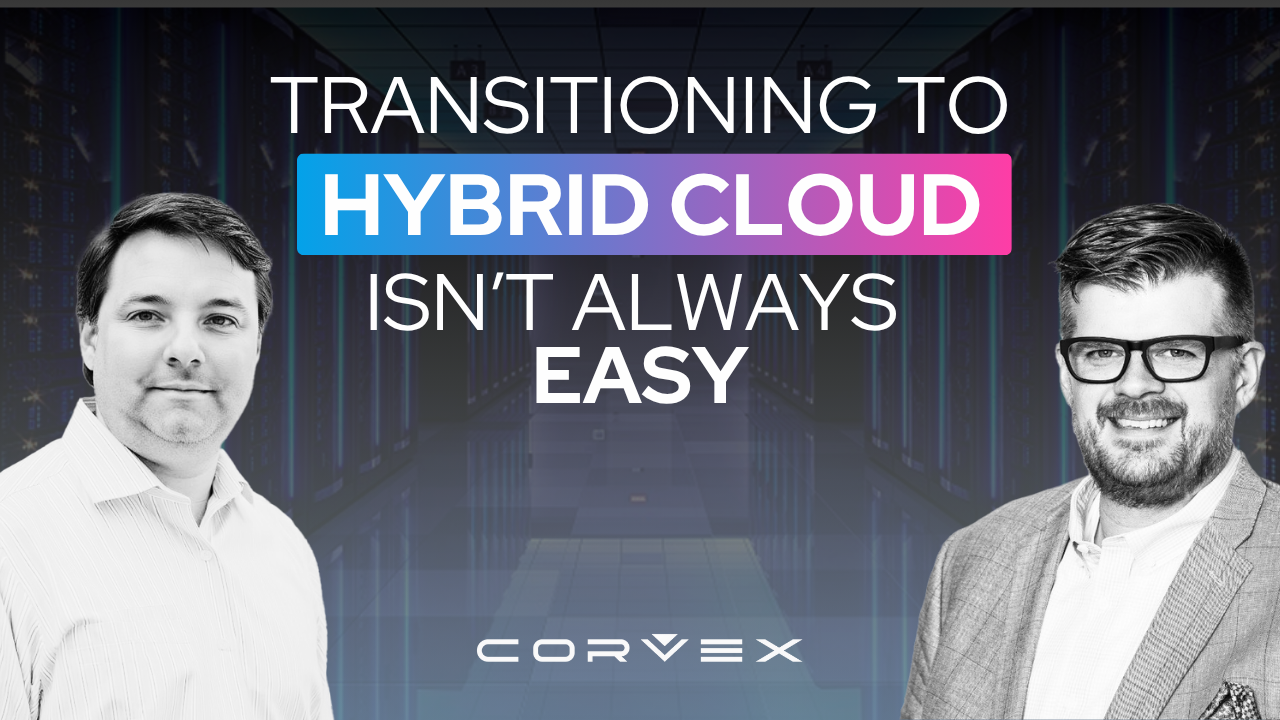

.png)
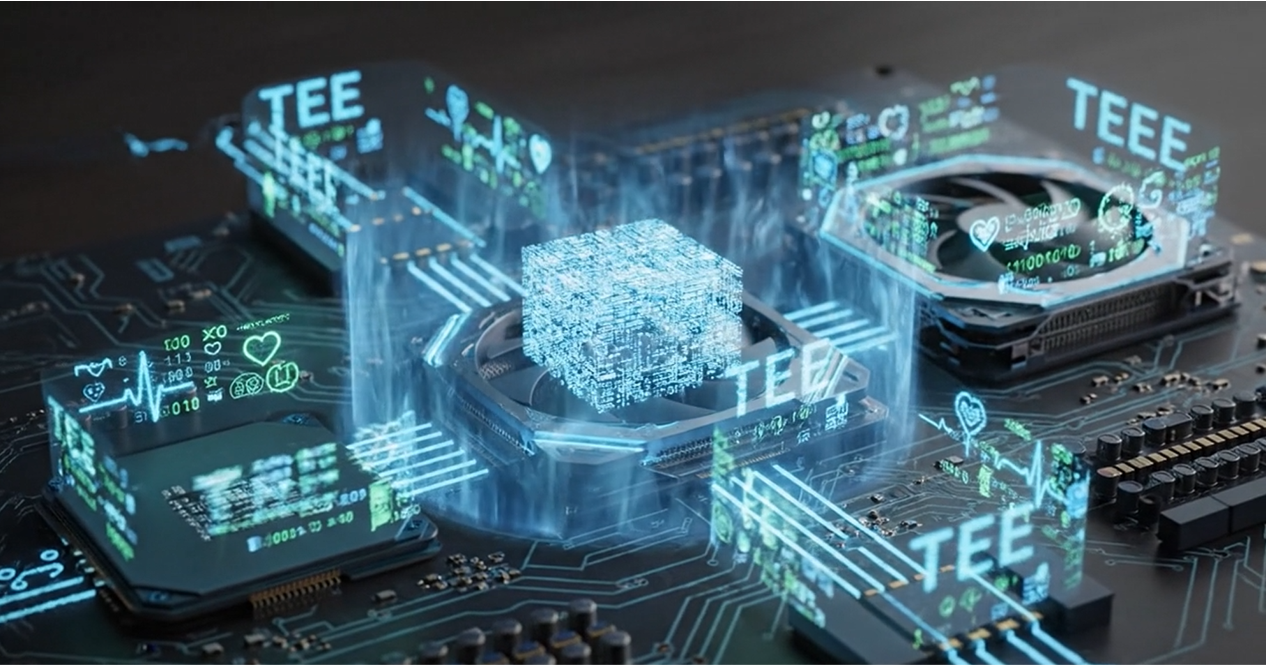


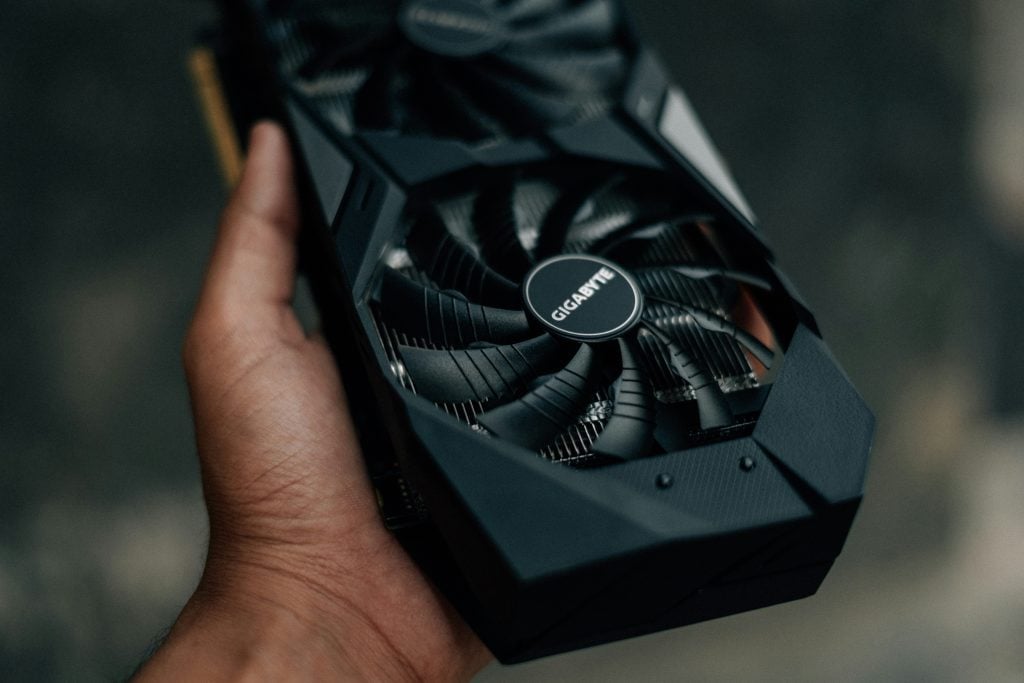
.png)
